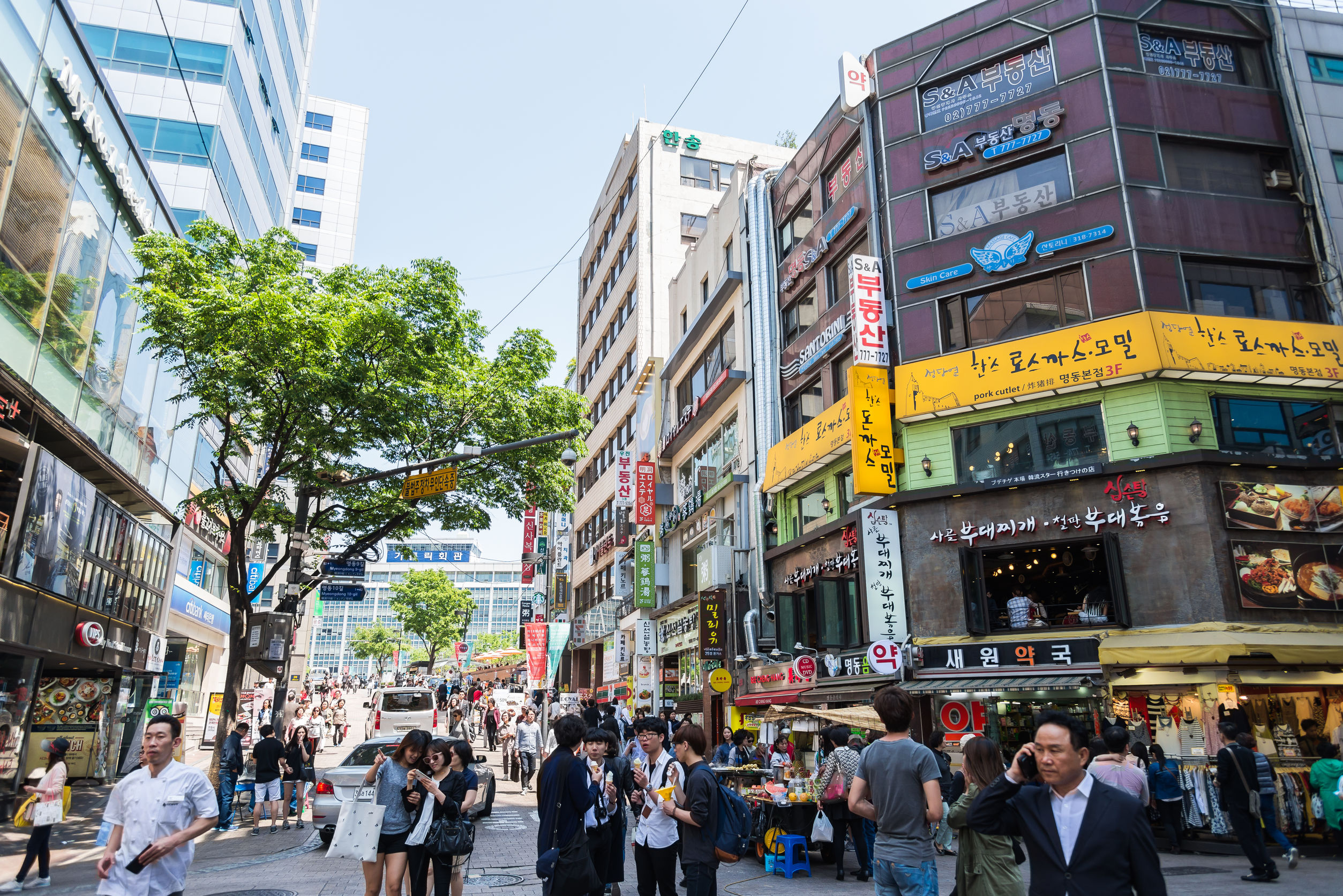Pandemic causes South Korea’s wage disparity to widen

South Korea’s Gini coefficient – a measure of income inequality in a population – rose to 0.306 in 2020 based on hourly labour income.
The Gini coefficient is based on a comparison of cumulative proportions of the population against cumulative proportions of the income they receive, with 0 being the case of perfect equality and 1 representing the case of perfect inequality.
The Keis report used data from Statistics Korea for the first half of each year and took into consideration labour income inequality among wage earners without taking into account other types of income such as business income and property income.
“A rise in COVID-19 patients and the social distancing campaign appear to have had a big impact on the income disparity that had worsened in 2020,” said Keis researcher Cho Min-soo.
By region, the disparity was most pronounced in Incheon, which saw the biggest increase in income inequality, followed by the resort island of Jeju. The disparity also widened in all provinces and cities year-on-year, except for Gangwon province, Ulsan and Sejong.
The disparity of income inequality in different regions is due to the uneven distribution of telecommuting-friendly jobs and industries across the country.
READ: More South Korean workers are working two jobs
By sector, the income disparity is wider in industries relying more on in-person services such as tourism, leisure and lodging, Cho added.
By age group, those aged 20 or younger appear to have been hit harder by the pandemic in terms of labour income, with the coefficient rising by 0.017. For those aged between 30 and 54, the coefficient increased by 0.011, and for those aged 55 and above, it rose by 0.014, according to The Korea Herald.



